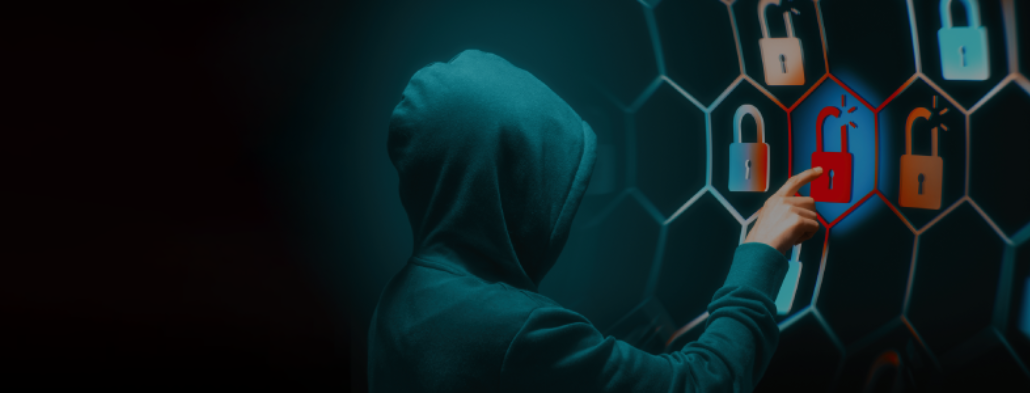Email spoofing is a tactic to trick recipients into thinking that an email is from someone it is not. It’s achieved by forging the "From" address in an email to make it appear as if it came from a legitimate source, such as a trusted company or individual.
Email Protection refers to the measures taken to secure email communication from unauthorized access, misuse, and cyber threats. It involves implementing security protocols and technologies to ensure email messages' confidentiality, integrity, and availability.
Email protection measures are designed to prevent email fraud, spam, phishing attacks, malware, and other cyber threats. It involves multiple layers of security, including email authentication, encryption, access control, and monitoring. Each layer has a task to perform.
Email authentication involves verifying the sender's identity to prevent email spoofing and phishing attacks. Encryption ensures that email messages are transmitted securely and are only accessible to authorized users. Access control refers to managing user permissions to access email accounts and transmissions. Monitoring involves tracking and analyzing email traffic to detect and prevent cyber threats.
Email protection is critical for businesses of all sizes to safeguard their sensitive and confidential information. Cybercriminals are increasingly targeting businesses through email to steal data, commit fraud, and launch attacks. According to the FBI's Internet Crime Complaint Center (IC3), business email compromise (BEC) and email account compromise (EAC) are the most common forms of cybercrime, with losses totaling more than $26 billion since 2016.
Email protection is critical to prevent cyber fraud, where attackers use deceptive tactics to trick users into revealing sensitive information. Email fraud can take many forms, including phishing, spear-phishing, and whaling.
There are several reasons why email protection is critical for businesses, including:
Preventing email fraud requires a multi-layered approach that involves people, processes, and technology:
Several email protection tools are available to businesses to safeguard their email communications. These tools use various techniques such as encryption, spam filtering, malware scanning, and advanced threat protection to ensure the security of email messages.
Here are some familiar email protection tools:
An all-in-one email security solution that helps businesses protect sensitive information and prevent email fraud is critical now. You need an email security solution that can offer not just encryption to safeguard email messages, but also much more advanced capabilities to combat today’s sophisticated cyber threats.

Email Security | Email Security

Business Email Compromise | Email Security

Secure Email Gateway | Email Security